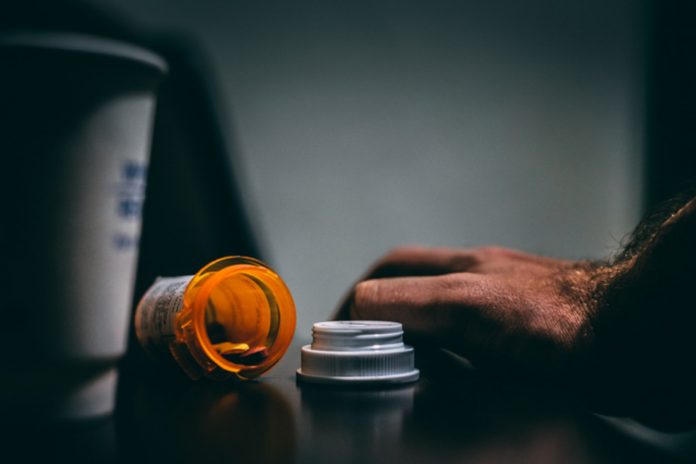Overdose deaths increased by 27% from 2019 to 2020, the Minnesota Department of Health announced Monday.
According to MDH’s preliminary report, overall overdoses went from 792 in 2019 to 1,008 in 2020, with each month of the year recording a higher number of overdoses than the same month in 2019. This is the first time Minnesota has surpassed more than 800 overdoses in the last four years.

With 105 deaths, the month of May saw the highest number of overdoses in 2020, followed by August at 102.
“Minnesota families are struggling, and the overdose deaths in 2020 are a terrible reminder that those struggles can result in preventable deaths,” said Commissioner of Health Jan Malcolm. “The year has been unprecedented in so many ways, and the staggering number of drug overdose deaths shows the need to amplify our prevention efforts and strengthen the ability of communities to support people and connect them with services.”
Deaths involving synthetic opioids, such as fentanyl, increased by 81% and were involved in 82% of the 654 opioid-related deaths. Deaths involving commonly-prescribed opioids also increased, marking a “reversal of recent progress,” the report notes. Both 2018 and 2019 saw decreases in overdose deaths involving prescription opioids.
Minnesotans aged 25 to 43 experienced the most drug overdose deaths in 2020, increasing by 57% from 2019. All age groups saw an increase in overdoses, most by at least 20%.
“The last year has been incredibly challenging and demonstrates the need for increased public health measures,” Dana Farley, an MDH drug overdose prevention supervisor, said in a press release. “Prevention tools such as access to naloxone, linkages to care and overdose fatality reviews improve our understanding of why people are using drugs and lead to recovery and saved lives.”
The MDH report is consistent with data released last month by the CDC, which found that more than 87,000 Americans died of overdoses during the 12-month period that ended in September. According to the New York Times, 2020 is set to surpass the death toll of any year since the opioid epidemic began in the ’90s.











